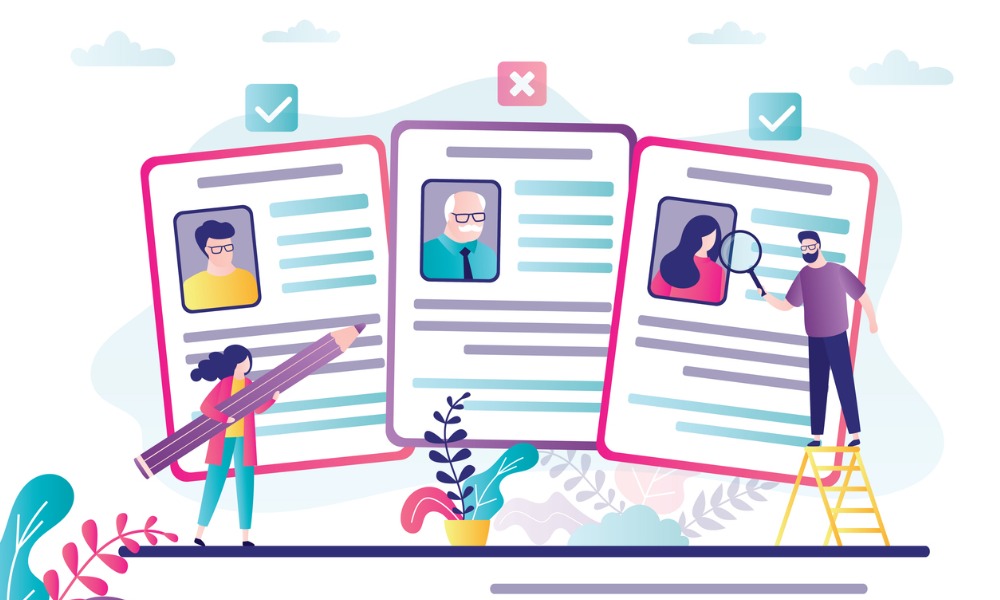Software firm Atlassian increased job applications by 300 per cent as a result of its ‘Atlassian 32’ recruitment campaign this year.
Software firm Atlassian increased applications to its engineering roles by 300 per cent through its ‘Atlassian 32’ recruitment campaign this year.
The Sydney-headquartered company undertook the recruitment campaign to attract 32 engineers by June 30 by leveraging social media rather than traditional recruitment channels, winning the Award for best Onsite HR Team at last week’s Fairfax Employment Marketing awards in the process.
Joris Luijke, global director of HR at Atlassian, told HR Leader: “We only recruit the best talent in the market so we knew it was going to be a huge task. Instead of a reactive approach to sourcing, we want to ensure that every IT person in Australia knew about the openings.
“When you decide this, the whole theory of how you recruit starts to change, and this helped us rethink the traditional methodologies used.”
Two key strategies were untaken. Firstly, viral messaging was placed in print, online and social media, and secondly Luijke ensured the campaign involved the entire company.
“We created a number of quirky messages that we thought were more likely to spread,” he explained.
These included offering new recruits a holiday before they had even started; a ‘Welcome to Aus’ pack for foreign hires (40 per cent of eventual recruits were from overseas); a $2,000 external ‘refer a mate’ program, and a $10,000 internal referral program.
Recruiters were asked to submit a maximum of four candidates, and if none of those were recruited they could submit no more. Successful recruiters were invited to discuss longer-term relationships.
Innovative PR was also created and the campaign was covered in many national newspapers, which Luijke said got the firm $60,000 worth of free advertising.
Atlassian asked all of its 225 staff worldwide to update their Twitter, Facebook and Linkedin accounts with news of the recruitment campaign.
“If each employee has a network of 50 people and friends in a similar profession, the message is extremely likely to spread. Lots of IT blogs were writing about it, plus it got all the recruiters excited,” explained Luijke.
Applications increased by 300 per cent, with over 2,500 submissions for the 32 positions. Such was the success of the campaign, the firm eventually hired 47 new engineers in its Sydney office.
“With 90 applications per hire compared to the 30 normally, suddenly we were able to be very picky,” said Luijke.
Recruitment costs almost halved during the process, with the use of social media networks removing the expensive reliance on external recruiters.
Luijke added that keeping existing staff engaged in the process at all times was vital. They were able to check up on the number of applications, referrals and source of applicants on the intranet site.
“HR should own the process but should involve the entire organisation. With a small team, we were not able to roll out this campaign on our own,” he said.








